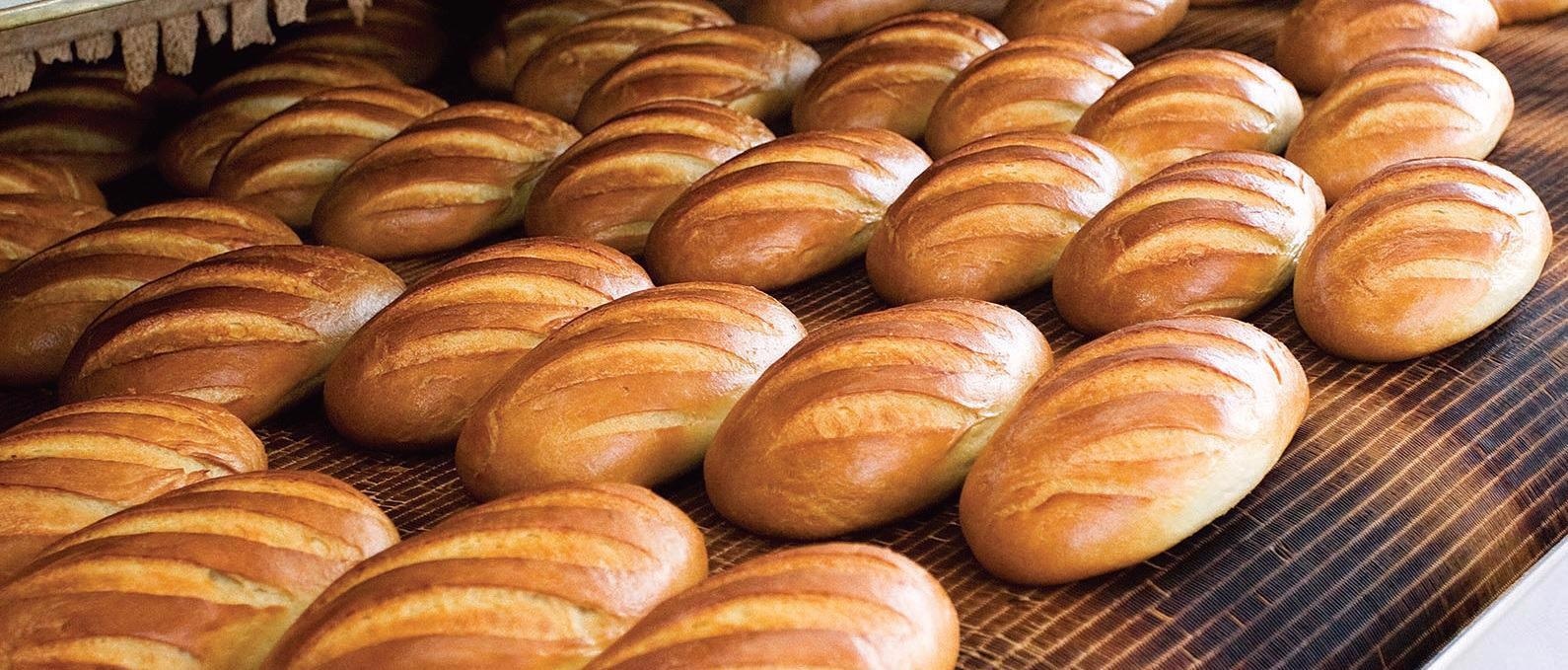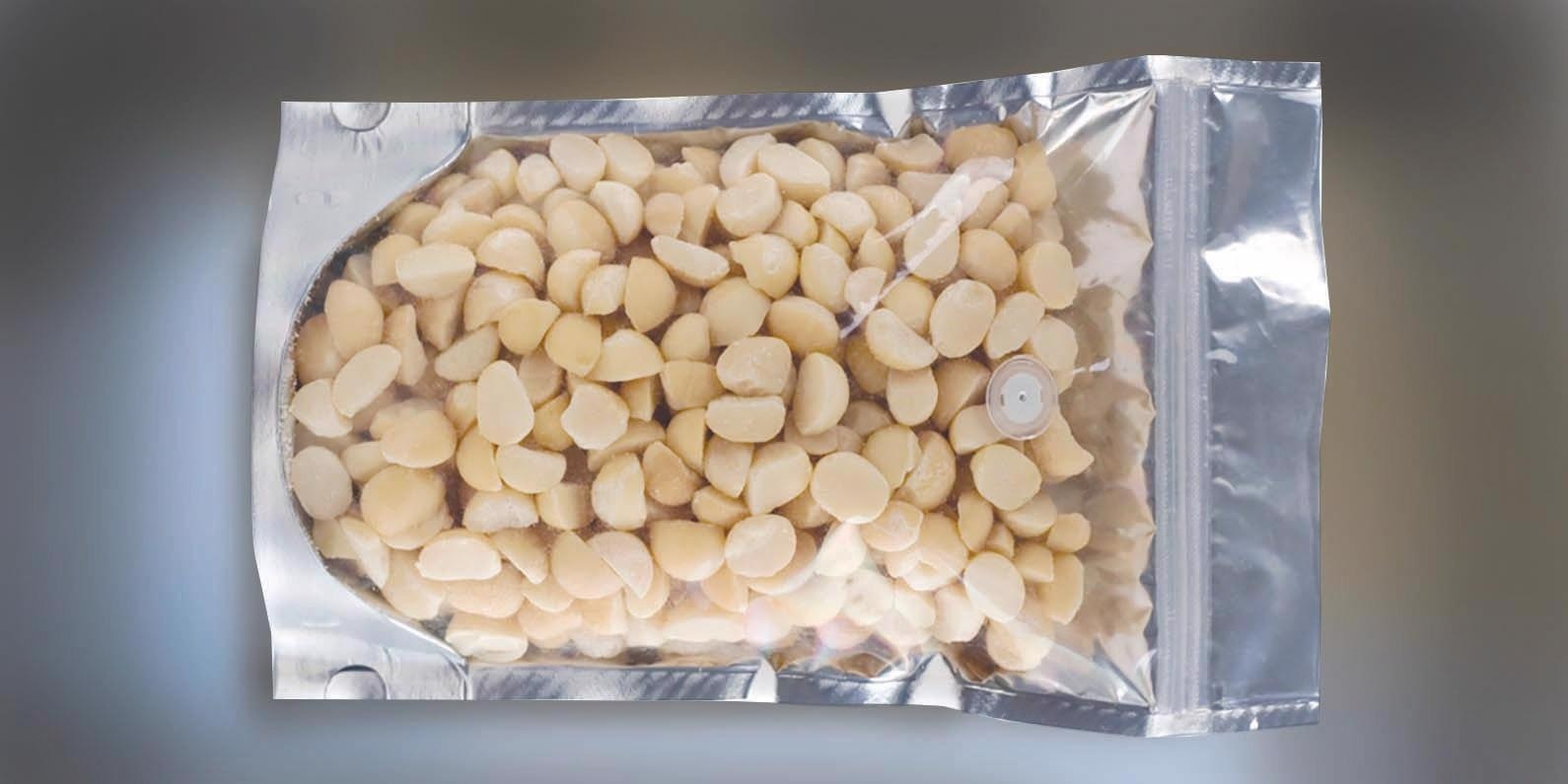Inspection/detection technology is evolving to support the food safety and quality needs of baked goods and snack food manufacturers to help ensure that products are free from foreign objects and that all of the contents are in place.
When inline checkweighers are used to weigh packaged products, they make sure that the packages contain the right amount of costly product and that the dispensing equipment is working properly. This helps detect problems and supports uptime on high-rate lines. Metal detectors and X-ray inspection systems inspect packages to make sure that foreign objects are not present. X-ray inspection can also identify any missing pieces or components. These technologies are all applicable to bakery and snack foods processing.
Many packaged products fall within the category of baked goods: bagels, loaves of bread, cookies, cakes, cupcakes, donuts and pies. Snack foods may be bars, chips, nuts, crackers, pretzels and others.
Standard packaging materials include paperboard cartons and plastic bags, or even a combination of materials, such as a plastic/aluminum foil tray or plastic/paper carton.

Figure 1. Image Credit: Thermo Fisher Scientific – Solutions for Industrial and Safety Applications
A common package type for these products is a metalized material that automatically forms into a bag that is heat sealed. Packaging may also be a flexible material, a lamination, composite can or a folding carton.
Packages containing dessicants to prolong shelf live and decrease oxygen are also on the rise. Within the package, the positioning and content of these packets can have an impact on the detection parameters, so much so that sensitivity may need to be reduced at times to decrease the number of false rejects.
Due to the broad range of product and packaging types, particular attention should be paid to the attributes of individual products and the production environment to choose the most suitable detection and inspection equipment.
Metal detectors are workhorses for many applications, but for other applications, X-ray inspection and its enhanced and broader detection capabilities may be preferred.
Checkweighing is also a crucial part of any snack food or baking process. A checkweigher weighs each package inline to prevent underfills which could compromise providing the amount of product specified on the label while avoiding overfills which give away expensive ingredients.
Physical Properties Challenges
Baked Goods: Bread
One of the biggest metal detection challenges for baked items is 'product effect.' This occurs when the conductive properties of the product are recognized by the metal detector's magnetic field. Product effect is often found in high moisture, high salt content products. For instance, warm bread taken out from the oven, combined with its salt content, will have a high product effect and confuse the metal detector.
This situation is additionally complicated by air bubbles, varying densities and other physical properties of each loaf, as no two loaves are the same. (Differences also exist between various types of bread.)

Figure 2. Image Credit: Thermo Fisher Scientific – Solutions for Industrial and Safety Applications
Product effect is not a problem with X-ray inspection. Bread is usually passed through an X-ray machine with its longest dimension leading. There is a lead-shielding curtain at the entry point of the X-ray system and this curtain, at times, can cause the loaf of bread to roll on its side as it goes through. While this is not a problem for the X-ray machine, wrong orientation can impact the bagging step.
In the case of specialty bread lines, in which production speeds and volumes tend to be slower, the loaves of bread can be placed such that the short dimension leads. Entering the X-ray machine in this manner reduces the contact between the curtain and the bread, thus preventing the roll-over of loaves.
Baked Goods: Bagels
Bagel items are usually sold in multiples, so the inspection goal is to both detect foreign objects and confirm the count. If a piece of a bagel should break off, X-ray inspection can detect missing pieces along with contaminants as is well suited to this application.
Baked Goods: Cakes and Pies
Cake and pie application inspection decisions will be based on the packaging materials utilized. Most pies are prepared in aluminum foil pans, which makes metal detectors suitable for ingredient inspection but once the pie or cake is transferred to the pan and/or folding carton, X-ray inspection is necessary.
For products immediately frozen following production; an X-ray system that can inspect case packs is an option, too.
Baked Goods: Frozen
Frozen baked goods are suitable for metal detection since they don't have the fresh-from-the oven product effect concerns and provided their packaging does not contain metal. The challenge is to ensure that the freezer is working efficiently and keeps the product at a consistent temperature. Otherwise, if the product is not consistently frozen its unfrozen core will tend to 'look' similar to a metal piece to the detector.
Snack Foods: Metalized Film Packaging
Many of the snack foods that are currently marketed are packaged in a metalized film which is made into a bag through a form-fill-seal (f/f/s) machine or a flow wrapper, making X-ray inspection more suitable.
Even in the case of drop-through metal detector technology, there is generally not sufficient space in the f/f/s machine to add a reject mechanism. A potential solution to this problem is to send a signal to the bagger to double bag when a contaminant is found. Combined with an audio alarm, the double bag alerts the individual who packs the case that a metal hit has occurred.

Figure 3. Image Credit: Thermo Fisher Scientific – Solutions for Industrial and Safety Applications
Inspection Needs from Sourcing to End User
Following are stages in the typical production process for baked goods and snacks where product inspection would be beneficial.
1. Incoming Ingredients
The requirement of the majority of the larger commercial bakeries is that their vendors fulfill certain HACCP goals. They may require the use of metal detectors and proof that it was used. Bulk flow and drop-through metal detectors are typically used at this stage.
2. Dough Stage
Before baking or processing the product, this is the perfect stage to conduct upstream inspection. Metal detectors are the preferred technology because metal-containing packaging is not part of the process at this juncture.
Bar products can be inspected after sheeting, after cutting the individual bars or before the product is packed into the wrapper. They can also be inspected after packaging.
3. After Baking/Before Packaging
The type of inspection equipment will be based on product type and any product effect. Moist, warm and high salt content products, including loaves of bread, are more suitable for X-ray systems, whereas metal detectors work well with snack foods which are typically inert.
At this stage, the use of checkweighers can ensure that the weight of the product falls within the minimum and maximum specifications and will not lead to issues (like line stoppages caused by overfills) during the packaging phase. Checkweighers can even be used to validate that all the late-stage filling constituents, including icing and other toppings, have been correctly dispensed.
4. After Packaging
The type of inspection at this stage depends on the packaging material or materials. Metalized film or aluminum foil trays require X-ray inspection. Paperboard folding cartons and flexible materials without metal are suitable for use of metal detectors. Checkweighers are often in place at this stage too.
5. After Case Packing
Some processors prefer to inspect after the last packaging phase—that is, at case packing. X-ray inspection equipment large enough to inspect a case pack is needed; it can also confirm the count. Checkweighers at this stage could also make sure that the correct number of packages is loaded into the case.
Consumer Satisfaction
For all food companies, maintaining a high level of consumer satisfaction is crucial. Consumer complaints that would have been handled in a letter to or phone call with someone can now go viral on social media. Consumers have come to know that their problems will be addressed rapidly if they are disclosed this way.
By having the right inspection and detection solutions at the right places in their process, food manufacturers can avoid most problems from occurring in the first place.
Key Takeaways
The use of checkweighing and inspection/detection systems can benefit the quality and safety of baked and snack food products. The processing and packaging line has several locations where these systems can be installed to support food quality and safety.
The particular inspection solution depends on the placement in the line (either before or after packaging), the characteristics of products and the inspection and detection goals. To review:
- 'Product effect' should be considered when attempting to choose a suitable detection technology. For instance, high salt content and moist breads can trigger false positives in a metal detector. By contrast, X-ray systems are not subjected to the problems of 'product effect.'
- Metal detectors perform well with consistently frozen baked goods.
- X-ray equipment is perfect for products packaged in metalized film, aluminum foil trays or other packaging containing metal.
- Checkweighers make sure that the weight listed on the product label is what's inside the package and not too much or too little.
- X-ray inspection can be installed to detect missing components (such as multipack counts) or broken pieces (such as pretzels, bagels, etc.).

This information has been sourced, reviewed and adapted from materials provided by Thermo Fisher Scientific – Solutions for Industrial and Safety Applications.
For more information on this source, please visit Thermo Fisher Scientific – Solutions for Industrial and Safety Applications.